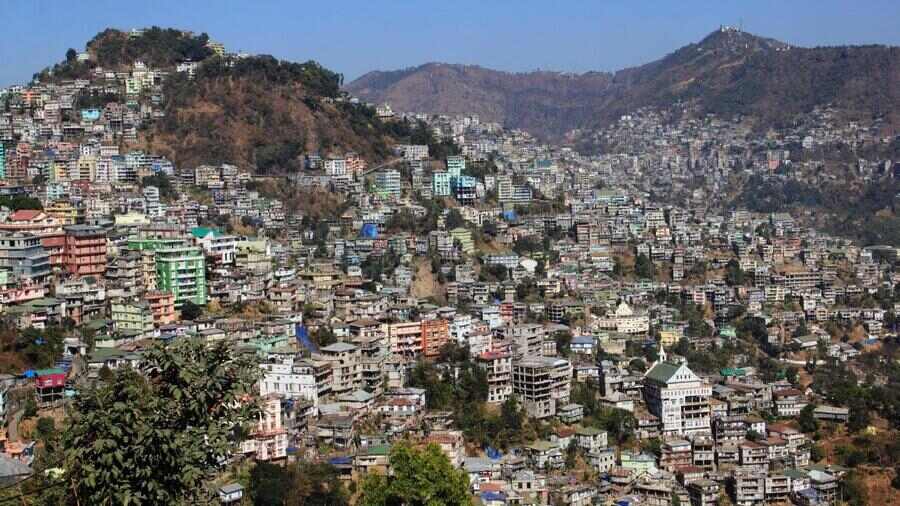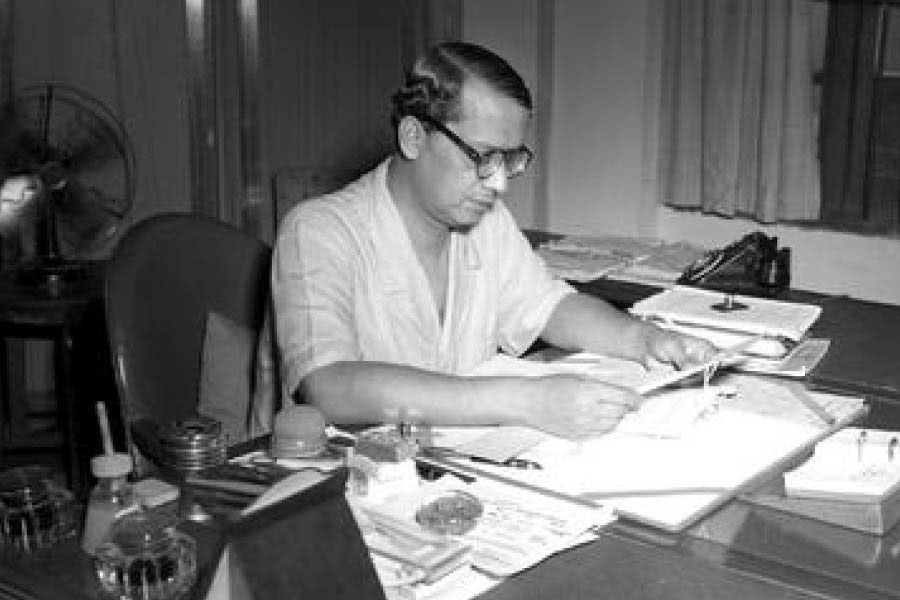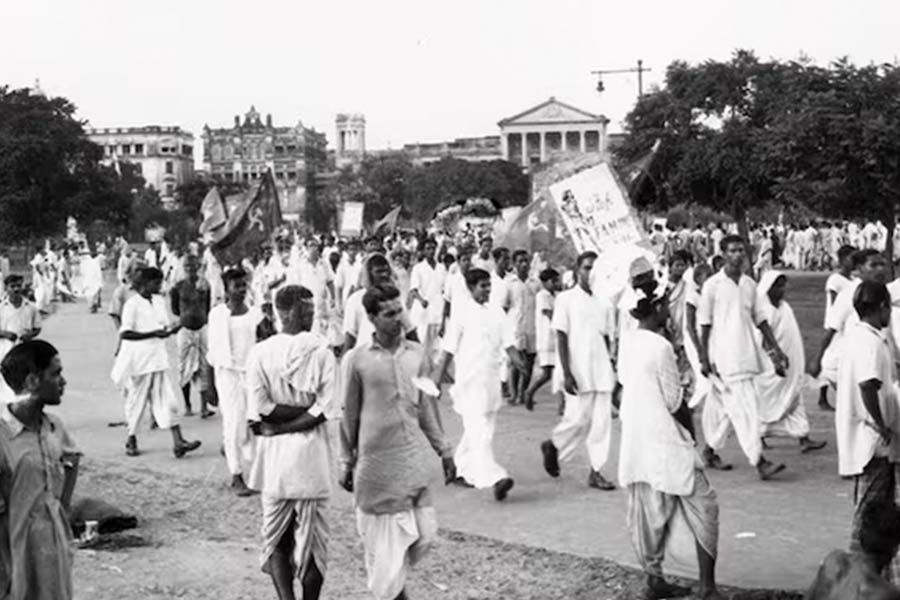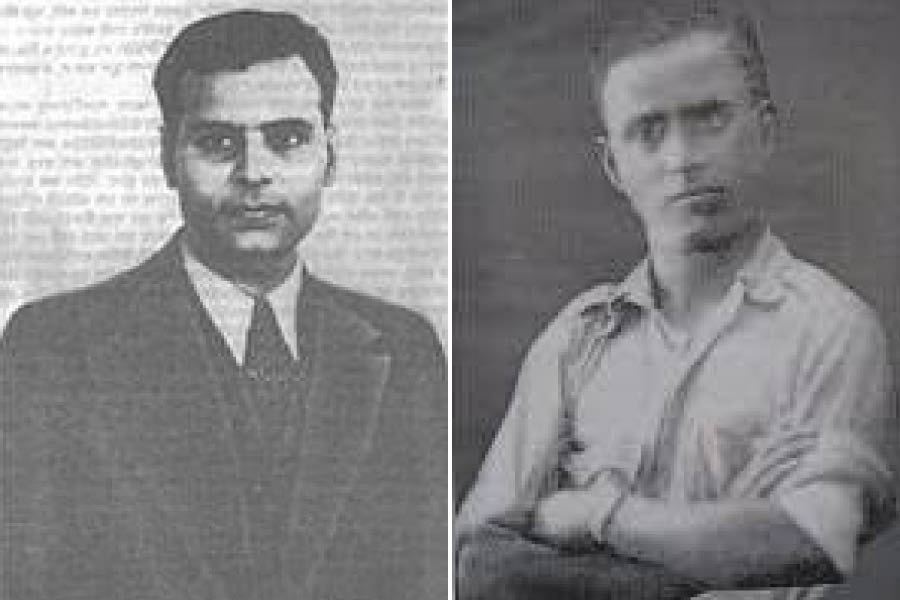I will start with the assumption that my readers are acquainted with Aizawl, the capital of the north-eastern state of Mizoram.
Now let’s imagine that we have access to a time machine. We, my dear reader, you and I, will board this contraption and travel back in time about 59 years. It is the afternoon of of March 4, 1966, in Aizawl. The city is a part of Mizo district of Assam as a separate Mizoram state hasn’t been born yet. Soon, the air fills up with a humming sound, like that of an angry beast. Four tiny black spots appear on the horizon. They keep growing bigger and soon take the form of fighter aircraft. The sound is quite loud, nearly deafening now. Let’s take shelter, my friend, as these are not fly-by drills that you and I may have seen once or twice. These birds mean business.
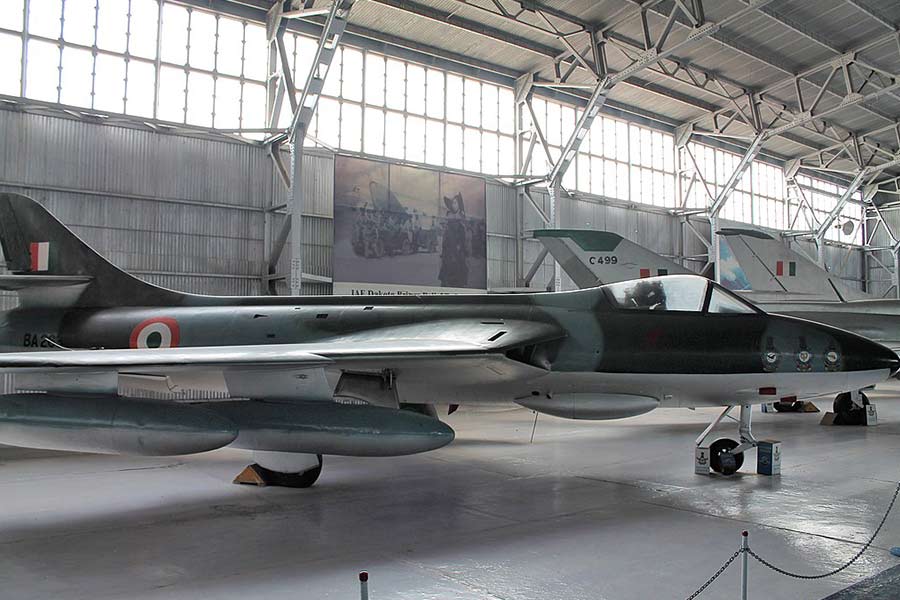
The Indian Air Force Hawker Hunter Wikimedia Commons
There is widespread panic around us. People are scared, running helter-skelter. Some sprinted away to surrounding jungles. A metallic rattling noise is heard now. The planes start firing at the ground targets. Fortunately, we had promptly taken refuge, so no harm done. After a few more such firing runs, the planes fly off into the distance. But before they disappeared from the horizon, you and I both have spotted the IAF livery on their wings and body. You are perplexed I can see. Why is our air force firing at our own people. I’ll clear your confusion, my friend. But now, we need to leave for the present day now. We don’t want to be around for the next day, March 5.

An IAF Ouragan bomber dating back to 1965 Wikimedia Commons
The people of the Mizo Hills were never too happy with what they considered the step-motherly treatment of the Assam government. In 1959, an event that happened once in 48 years further exacerbated the situation. Known locally as mautam, it is a rare flowering of bamboo plants followed by a plague of rats that lead to an acute famine. The Mizo organisations, led by Mizo Union, were angered by what they saw a feeble relief support from the Assam government. When Assamese was imposed as the language for the entire state, it added fuel to fire.
A famine relief group called Mizo National Front (MNF) had been formed. Unlike Mizo Union, which mainly believed in non-violent demonstrations, the MNF soon started taking extreme shape. While Mizo Union wanted a separate Mizoram state, the MNF intended to form an independent nation. The more violent factions of the MNF, riding on popular discontent, took centre-stage. Meanwhile, Jawaharlal Nehru, India’s first Prime Minister, had breathed his last. His successor, Lal Bahadur Shastri, also passed away after just 19 months in the chair. In January, 1966, Nehru’s only daughter Indira, became the third Prime Minister of India.
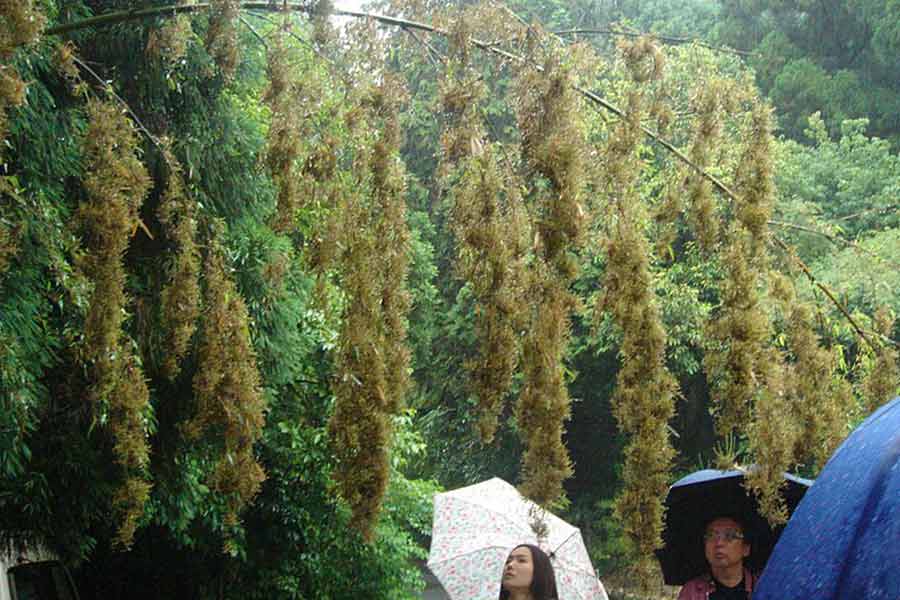
Known locally as mautam, it is a rare flowering of bamboo plants followed by a plague of rats that lead to an acute famine Wikimedia Commons
On the night of February 28/March 1, the MNF attacked key government installations all over Mizo Hills. Codenamed ‘Operation Jericho’, the MNF’s bold guerrilla attack shocked the establishment. On March 1 afternoon, Laldenga, the leader of the insurgents, declared independence from India. Next day, a patrol from the 1st Assam Rifles was massacred by the MNF in an ambush. Efforts to help the beleaguered Assam Rifles was foiled as two helicopters sent for support couldn’t land owing to heavy MNF firing. The Indian state would now hit back in an unthinkable vengeance. You and me, dear reader, were witness to the first and till date, only time that the Indian Air Force attacked its own citizens.
If we hadn’t returned to present day, we would have seen on the next day, four bombers of the IAF, French-made Dassault Ouragans and British Hunters dropped incendiary bombs on Aizawl. The air raids continued till March 13. There were reports of the entire city of Aizawl catching fire from the bombing. Luckily, with most of the citizens running away into the forests, civilian casualties were only 13. Large parts of the town were devastated by the fire. The MNF fled to Myanmar and East Pakistan (present-day Bangladesh).
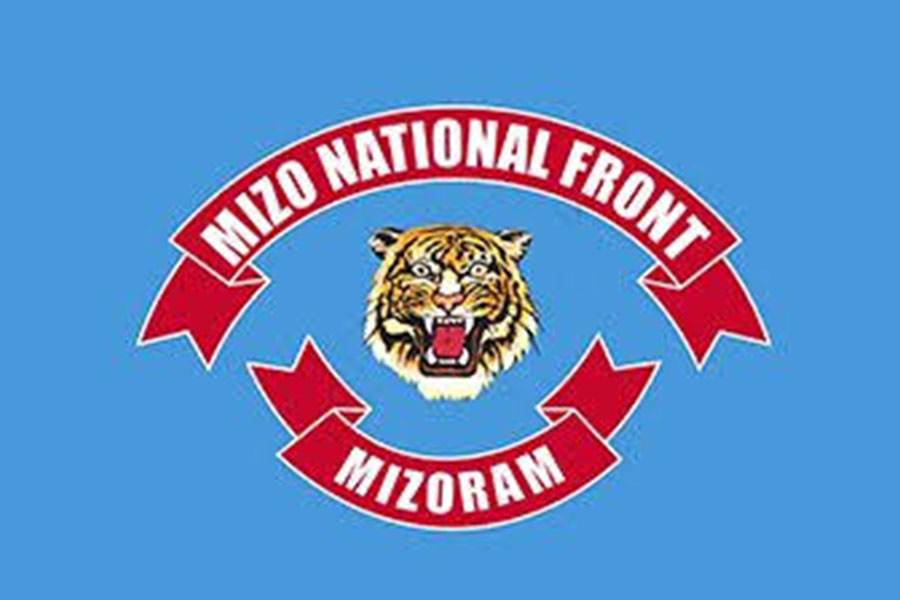
The logo of the Mizo National Front Wikimedia Commons
Neither the government nor the armed forces admitted to the air attacks. A report in the now defunct Calcutta daily Hindustan Standard quoted PM Mrs Gandhi as saying the jets were used to airdrop rations and arms for the Assam Rifles troops. The real truth only came out in the 1980s when some former insurgents opened up about the dark days of March, 1966. Incidents of MNF insurgency continued for many years. On January 21, 1972, after prolonged talks between Mizo Union and the central government, Mizoram was created as a new Union Territory.
The MNF continued its secessionist agenda till 1986 when decision to award statehood to Mizoram was taken, ending the MNF’s long history of secessionist movement. On June 30 of that year, the Mizo Peace Accords were signed between the MNF and the Rajiv Gandhi-led Indian government, bringing to an end nearly four decades of insurgency. On February 20, 1987, Mizoram became the 23rd state of the Indian Union.
This air raid incident, a dark chapter in India’s history, remains obscure even today.
